Arcade/Wright Building
 A few weeks ago, I was offered one of the most amazing opportunities that I've had since I began seriously exploring the forgotten places in and around St. Louis. Chris called me one night to tell me about an excursion that he and his friend Hunter had planned for the weekend. As soon as I heard him say ".....Arcade Building....." I almost flipped out. I was, of course, aware of this building because it is on the National Register of Historic Places. I had assumed that it would be to difficult to gain entry to, but they had found a way. I could barely wait for the weekend to arrive.
A few weeks ago, I was offered one of the most amazing opportunities that I've had since I began seriously exploring the forgotten places in and around St. Louis. Chris called me one night to tell me about an excursion that he and his friend Hunter had planned for the weekend. As soon as I heard him say ".....Arcade Building....." I almost flipped out. I was, of course, aware of this building because it is on the National Register of Historic Places. I had assumed that it would be to difficult to gain entry to, but they had found a way. I could barely wait for the weekend to arrive.The Arcade Building is one of the more ornate buildings in the downtown area, with its gothic detailing and lavish second and third story bay windows. When passing it on the street, one can tell that it is vacant, but it is still a beautifully preserved piece of architecture. The Arcade Building is actually considered the "Wright-Arcade Building" because it was built
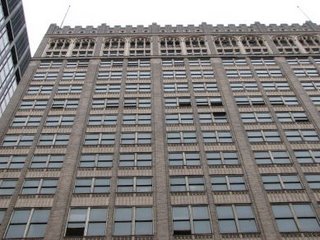 onto the existing Wright Building in 1913 (the more architecturally subdued Wright Building had been there since 1907). In it's day, the Arcade housed numerous businesses and was the early equivalent of today's shopping malls. The building is named for the two story shopping "arcade" that stretches the length of the building between two streets. I had heard how magnificent the arcade was supposed to be, and that was one of the reasons I was so excited to visit the building.
onto the existing Wright Building in 1913 (the more architecturally subdued Wright Building had been there since 1907). In it's day, the Arcade housed numerous businesses and was the early equivalent of today's shopping malls. The building is named for the two story shopping "arcade" that stretches the length of the building between two streets. I had heard how magnificent the arcade was supposed to be, and that was one of the reasons I was so excited to visit the building.I met up with Chris and we made the trip downtown to hook up with Hunter. Less that five minutes after arriving, we were inside the Arcade building, and after walking just a few feet, I
 found myself in the center of the famous arcade. Even in its disrepair, it has an intricate beauty that one doesn't see in modern buildings. The entire ceiling is vaulted with gothic arches and elaborate buttresses (wow, it's not ever day a guy gets to refer to a buttress!). I can only imagine what the arcade looked like in its glory days.
found myself in the center of the famous arcade. Even in its disrepair, it has an intricate beauty that one doesn't see in modern buildings. The entire ceiling is vaulted with gothic arches and elaborate buttresses (wow, it's not ever day a guy gets to refer to a buttress!). I can only imagine what the arcade looked like in its glory days.After about 20 minutes of wandering the main arcade, we ventured into the basements of the building, attempting to find the entrance to the tunnels that are rumored to exist, connecting the Arcade Building to old train tunnels that are now used by the Metrolink. We had read that they were never used and were close
 d up, and this appeared to be the case because we found nothing. We then began exploring the upper floors, which I found particularly interesting. Many of the original businesses still have their signs painted on the glass doors inside the building, and some even left pieces of equipment or paperwork. You can still see parts of an old radio station, a law oriented printing company, and (my personal favorite) an "Ear Mold Laboratory." I am not quite sure why one would need a laboratory to make ear molds, but it's still cool.
d up, and this appeared to be the case because we found nothing. We then began exploring the upper floors, which I found particularly interesting. Many of the original businesses still have their signs painted on the glass doors inside the building, and some even left pieces of equipment or paperwork. You can still see parts of an old radio station, a law oriented printing company, and (my personal favorite) an "Ear Mold Laboratory." I am not quite sure why one would need a laboratory to make ear molds, but it's still cool.After what seemed like hours, we realized that we had only explored five floors or so, and that we were on pace to finish exploring the building in around seven years. An executive decision was made to put off the rest of the building to concentrate on getting to the rootop. This proved to be none too easy of a task, considering the staircase we had chosen was missing the flat landing areas between flights of steps on every story past floor 8. It is quite an unnerving experience to step over a hold where
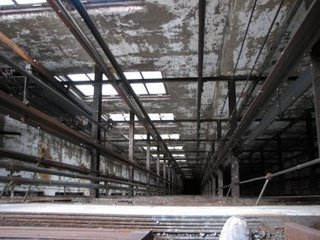 e you can see down 10 stories below you, but Hunter kept assuring me that the frame of the stairs itself was quite sturdy. Not like I needed encouragement. I just had to repeat my trademarked phrase "I'm sure it's fine..." and I felt better.
e you can see down 10 stories below you, but Hunter kept assuring me that the frame of the stairs itself was quite sturdy. Not like I needed encouragement. I just had to repeat my trademarked phrase "I'm sure it's fine..." and I felt better.When we finally reached the 18th floor (or at least, I think it was 18 floors) it was just a matter of finding the roof access, which turned out to be quite easy. I was particularly impressed with the view down one of the many elevator shafts where the door had not been welded shut. For some strange reason, there were windows in the shaft. Fortunately, this helped me see almost all the way down into what would have otherwise been just a dark abyss
 s. Most of the elevators seem to have been removed at some point, but at least a couple still remain. One of them is even still stopped at a floor halfway up where it ended its last trip. On what I thought was the top story there was an iron staircase which led to a small room at the top of the building where the equipment that controlled the elevators was located.
s. Most of the elevators seem to have been removed at some point, but at least a couple still remain. One of them is even still stopped at a floor halfway up where it ended its last trip. On what I thought was the top story there was an iron staircase which led to a small room at the top of the building where the equipment that controlled the elevators was located.From the rooftop we were provided with an amazing view of the arch and the riverfront. It is so odd to be standing on top of a vacant 18 story building in the middle of the busy downtown area. The Paul Brown Building (the other building on the block that has recently been renovated and conver
 ted into loft apartments) was visible on the other side of the alley. Luckily, it was not yet warm enough for people to be using the rooftop pool, or else we would have been in plain sight.
ted into loft apartments) was visible on the other side of the alley. Luckily, it was not yet warm enough for people to be using the rooftop pool, or else we would have been in plain sight.Pyramid Construction, the company that renovated the Paul Brown Building, now owns the Arcade/Wright Building, and has plans for a renovation in the near future. There is talk of using the space for luxury condos, a 250 room hotel, and room for retail space. I am thankful that this will most likely happen, instead of the Arcade meeting the same fate of the recently demolished Century building a block away. The Arcade is historically and architecturally important, and I look forward to seeing the main arcade in its restored state.
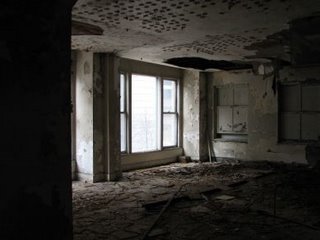
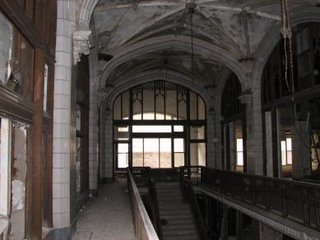
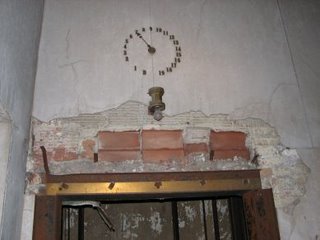

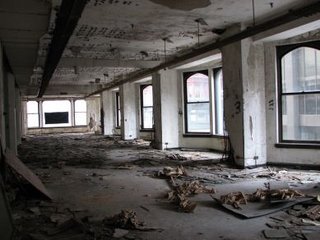


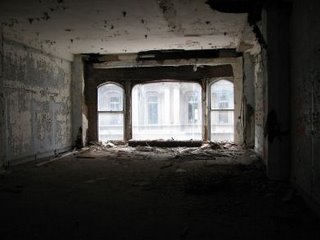


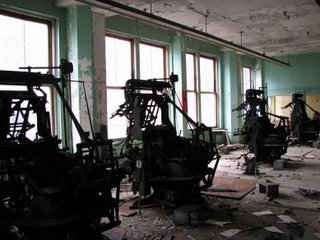





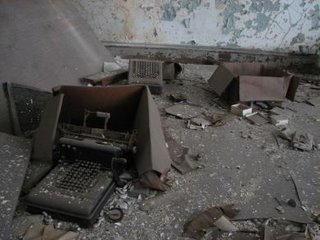







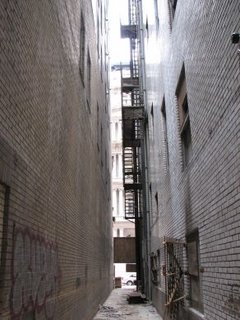
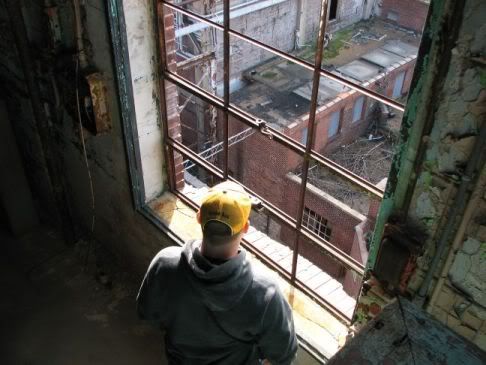

2 Comments:
It is amazing that a building like that is still stand in these ages. I think that architecture is very important to identify with a zone in particular. Mine is little bit all and they have another company called Viagra Online
I'm sure you know this, but the Arcade Building is now being renovated into Arcade Apartments. The beautiful architecture is being preserved and it's an art focused project. Here's the website if you want to check it out: http://arcade-apts.com/
Post a Comment
<< Home